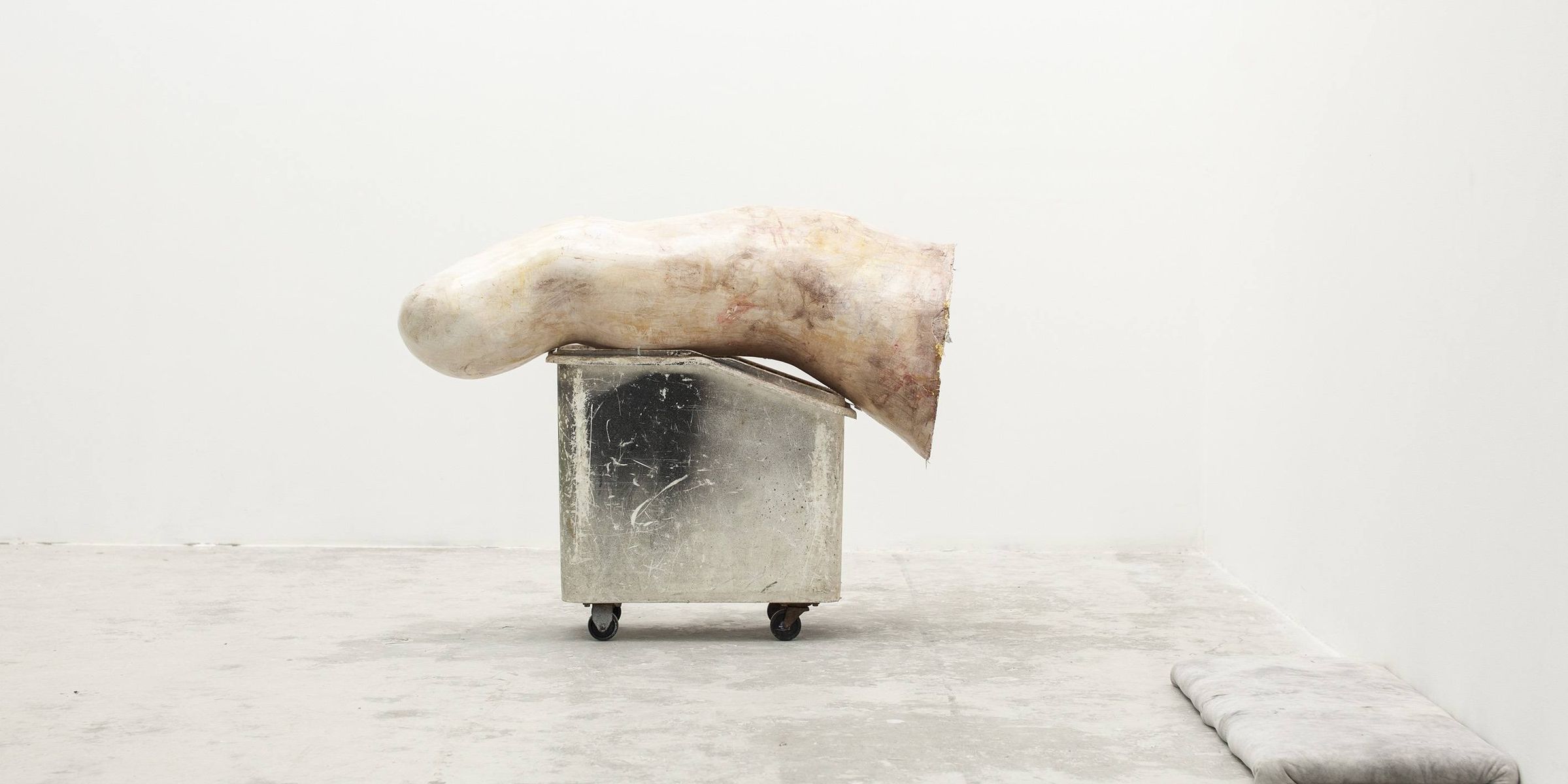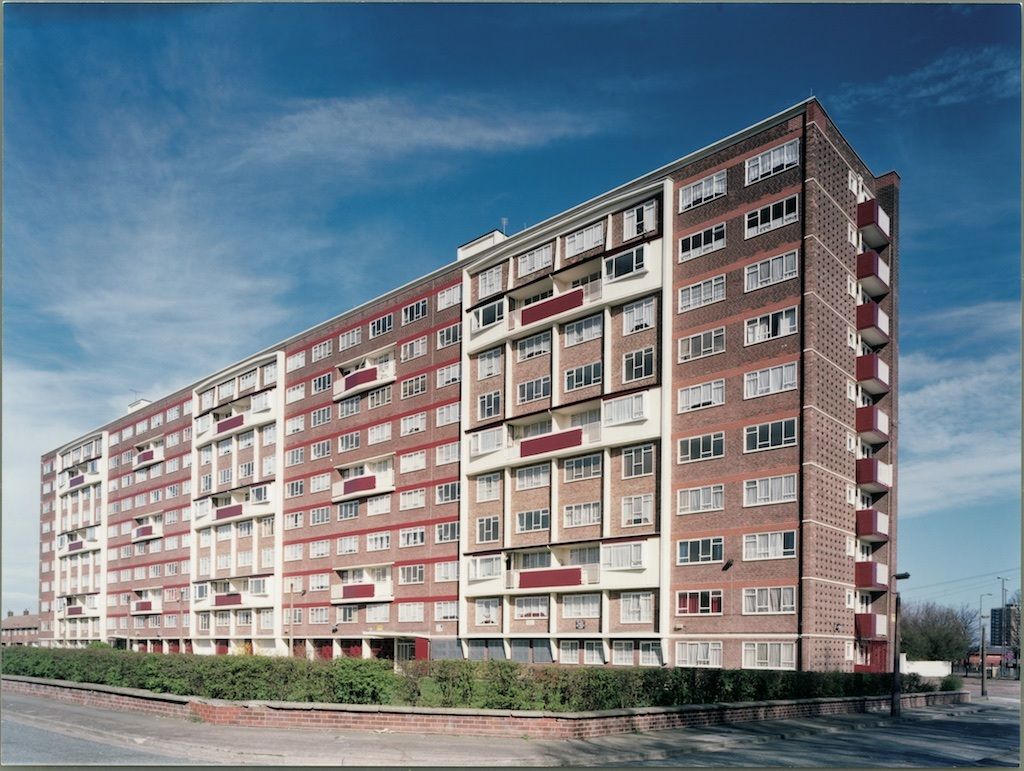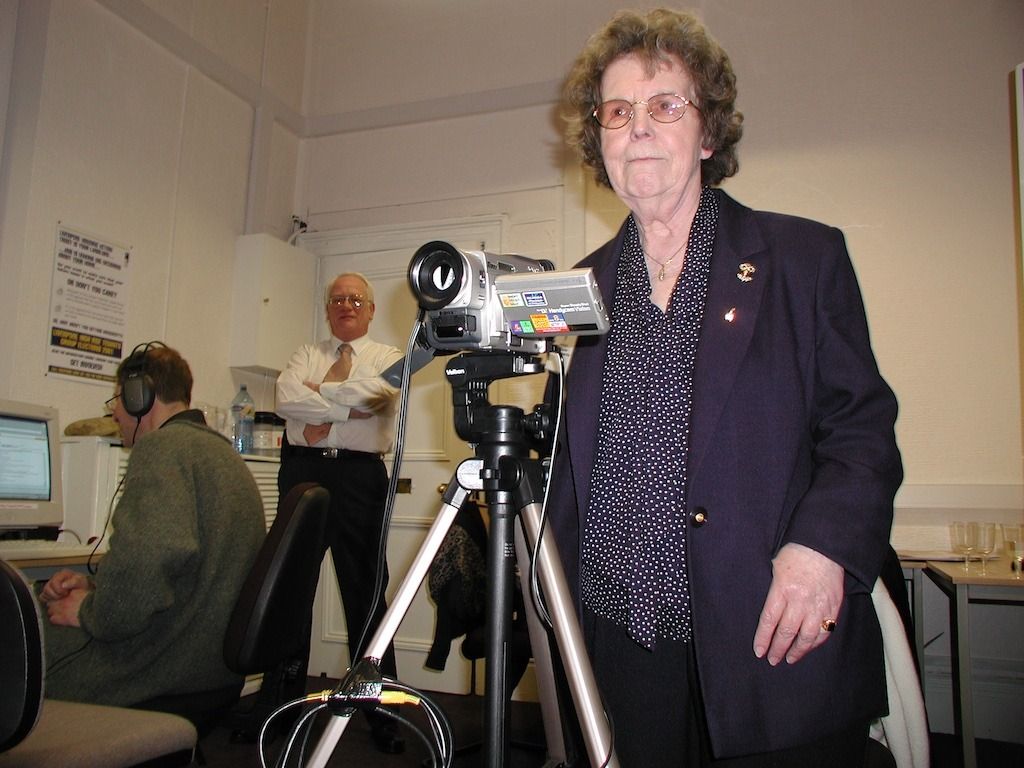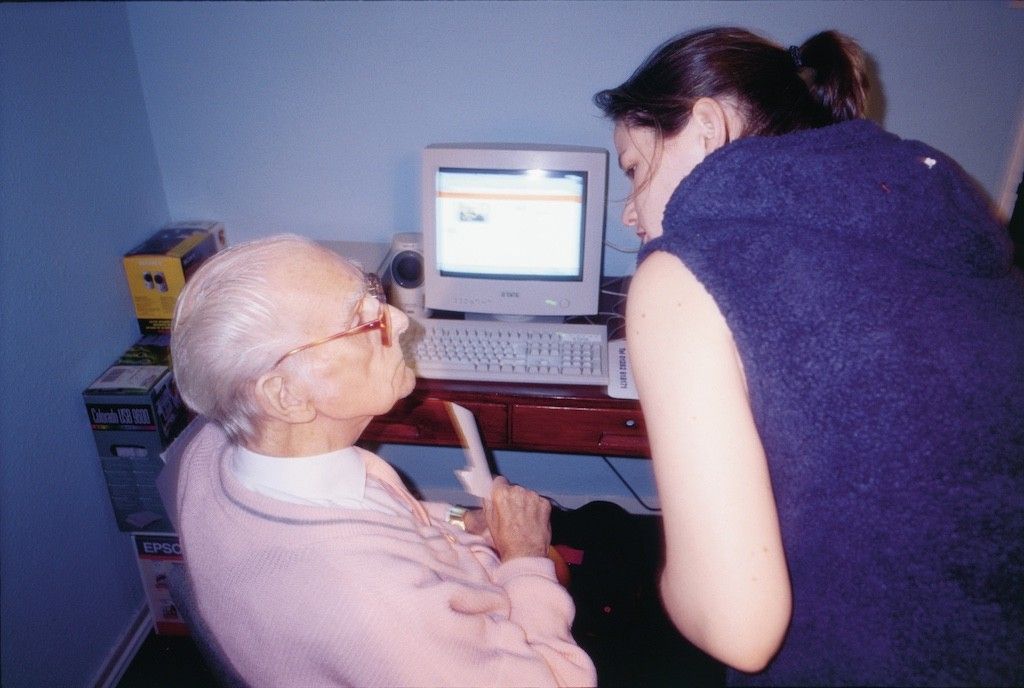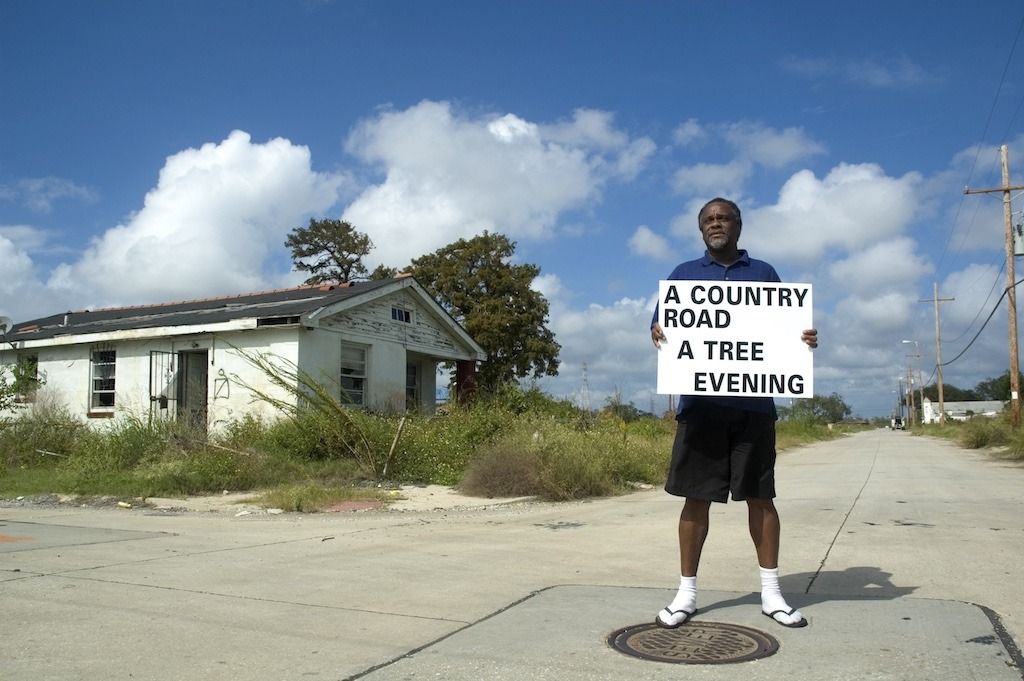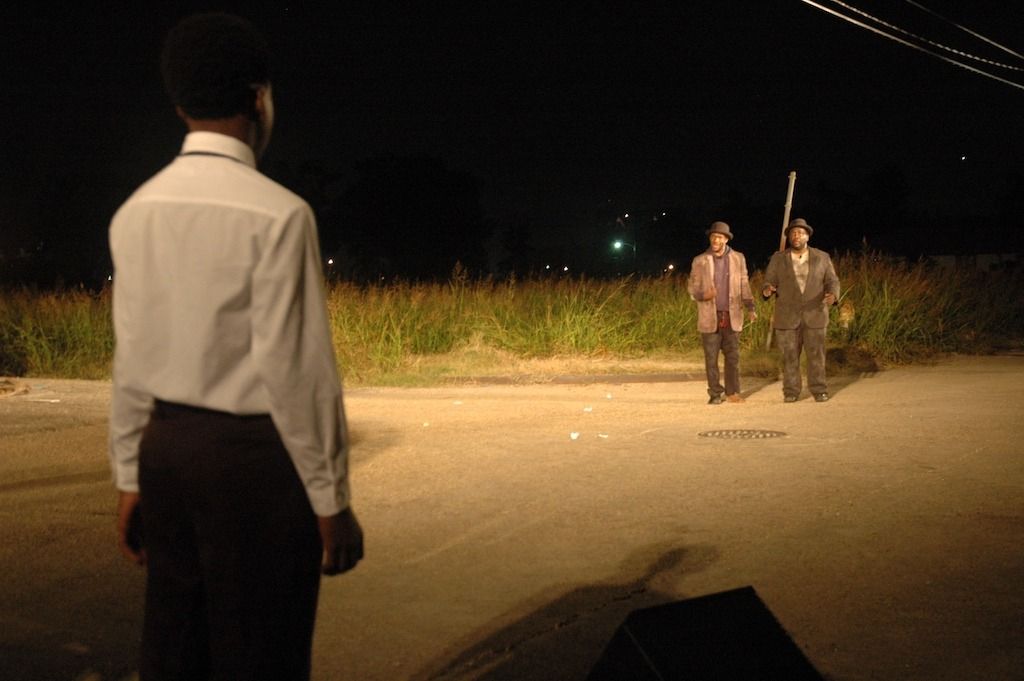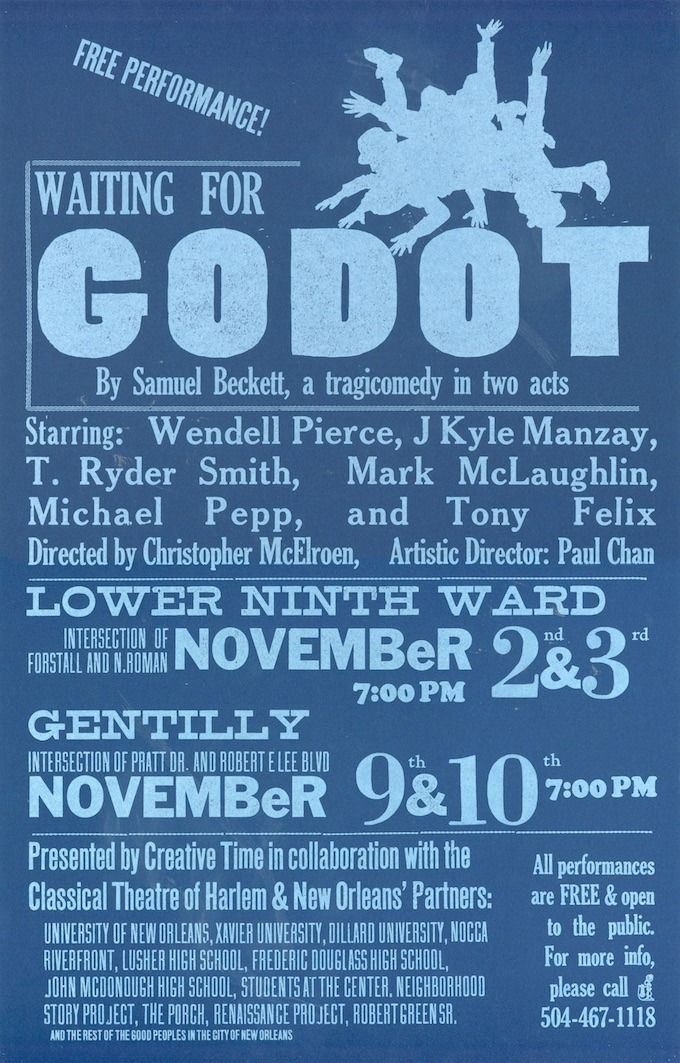
The Phallus and The Word
American artist Judith Bernstein (b.1942) has since the 1960’s addressed themes of warfare, sexual aggression, and gender politics in her paintings and drawings. In early spring of 2016, the artist’s first institutional retrospective opened at Kunsthall Stavanger in Norway. CAS has asked independent curator and writer Natasha Marie Llorens to do a reading of selected artworks on view in Stavanger.
- EN
- 13 April 2016
- Essay
